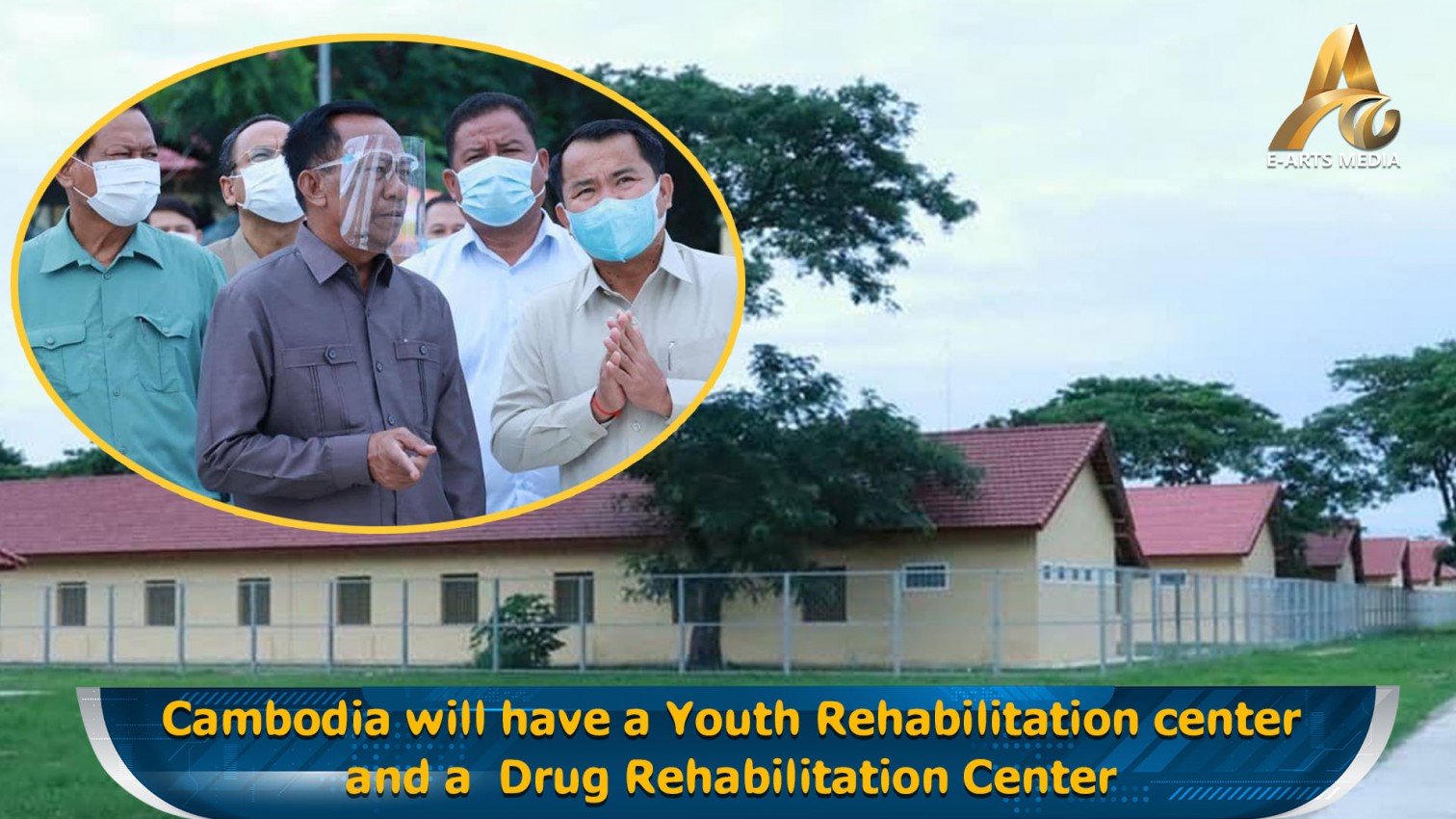ANGKOR: The forestry team of the Department of Water Management, Forestry and Infrastructure of the APSARA Authority is pruning and treating an old silk-cotton tree and its roots in the eastern corner of Ta Prohm Temple, widely known as the “Tomb Raider Temple,” in an effort to preserve the temple’s structure while maintaining the protective elements of the forest.
Technical Officer of the Department of Water Management, Forestry and Infrastructure, Kong Sovannarith, said that the ancient tree needed medicinal treatment and pruning to prevent the tree’s declining state, but also to keep the tree from damaging the temple, as its roots and trunk grow on and around the building. He noted that the temple draws many tourists due to its beauty and historical significance; however he stressed the equal importance of the forest trees which serve as a protective barrier from the wind and sun. Not to mention, the way the trees interact with the temples create a beautiful site that tourists rarely overlook.
The forestry team installed a scaffold to cut away rotten branches, while the tree’s roots were polished and rotted pieces were removed or pierced, then treated with rubber. Water mixed with cow dung and soil was used to close holes to prevent further rot: a process which can also regenerate the tree’s wood.
The foundations of temples in the Angkor area are strongly linked to groundwater, as areas with more trees and temples are more abundant in groundwater. Kong Sovannarith said, “Temples and trees play an important role in the groundwater system in the Angkor Park area. They attract rainwater, retain rainwater and are excellent at permeating the groundwater system, especially when compared with trees of the same age in open landscapes. It is not as easy for the land to dry out here as it is in a field.”
Forestry experts advise visitors to be careful when walking through the temple and navigating the trees, especially during the rainy season. They warned not to bother the trees or peel their bark, as it makes them more susceptible to disease.
In addition to the Ta Prohm tree, the forestry team also treated large trees in temples like Bayon, Takeo, Preah Khan and Vong Toch, and Vong Thom in the Angkor Wat complex.




























